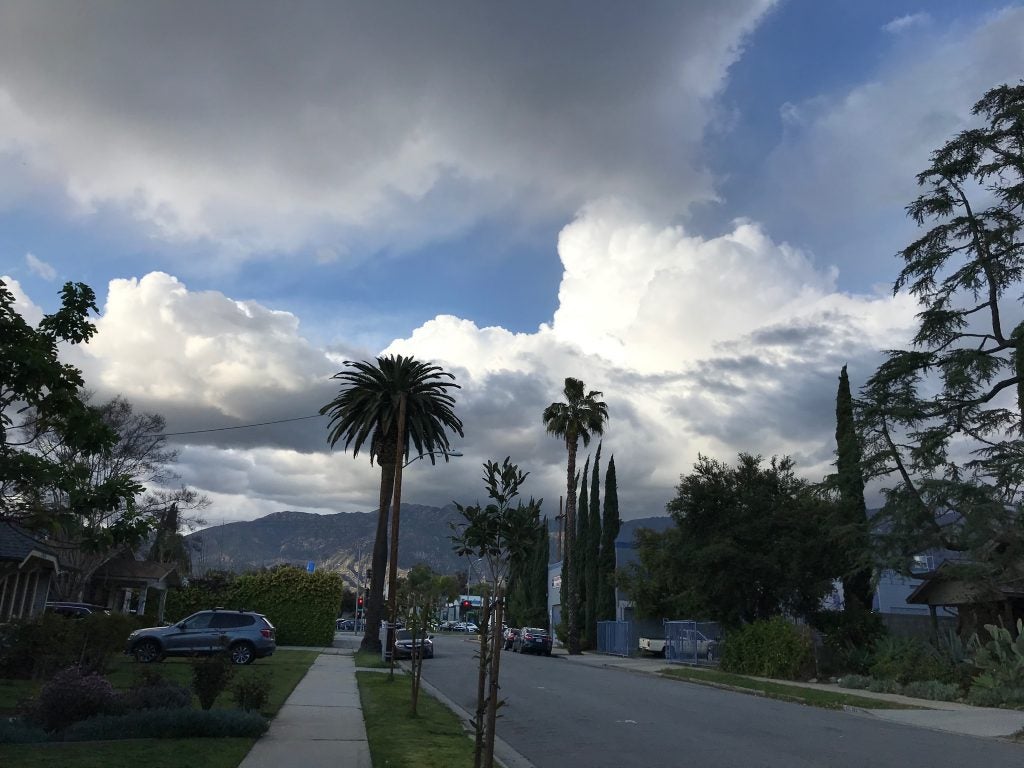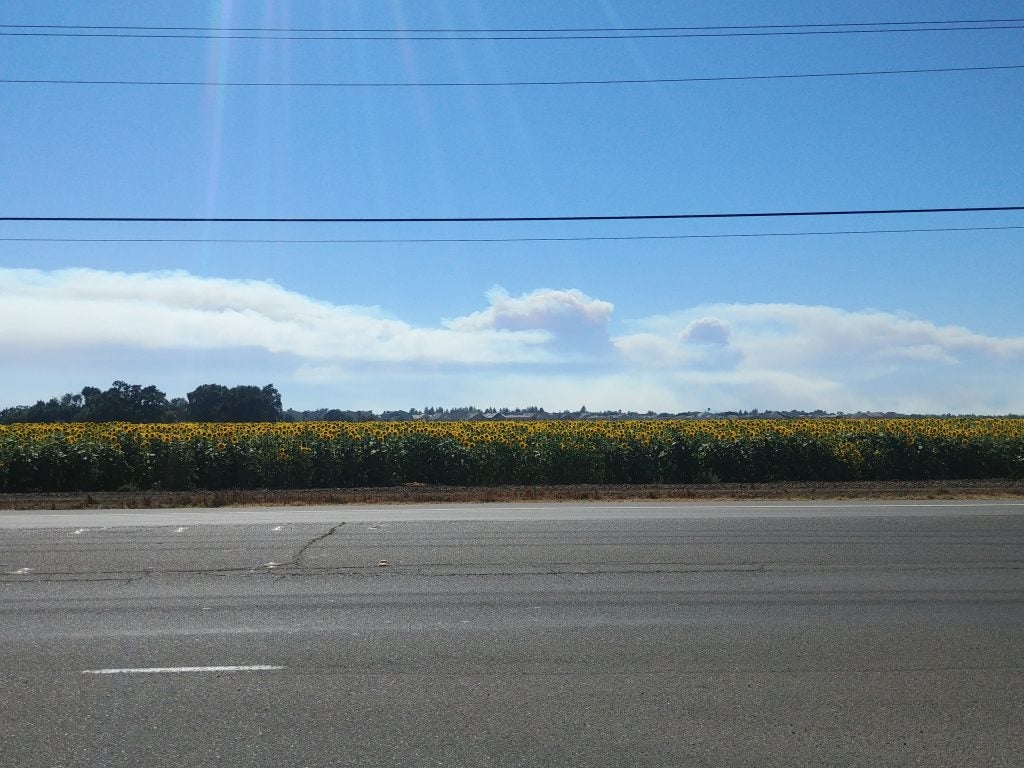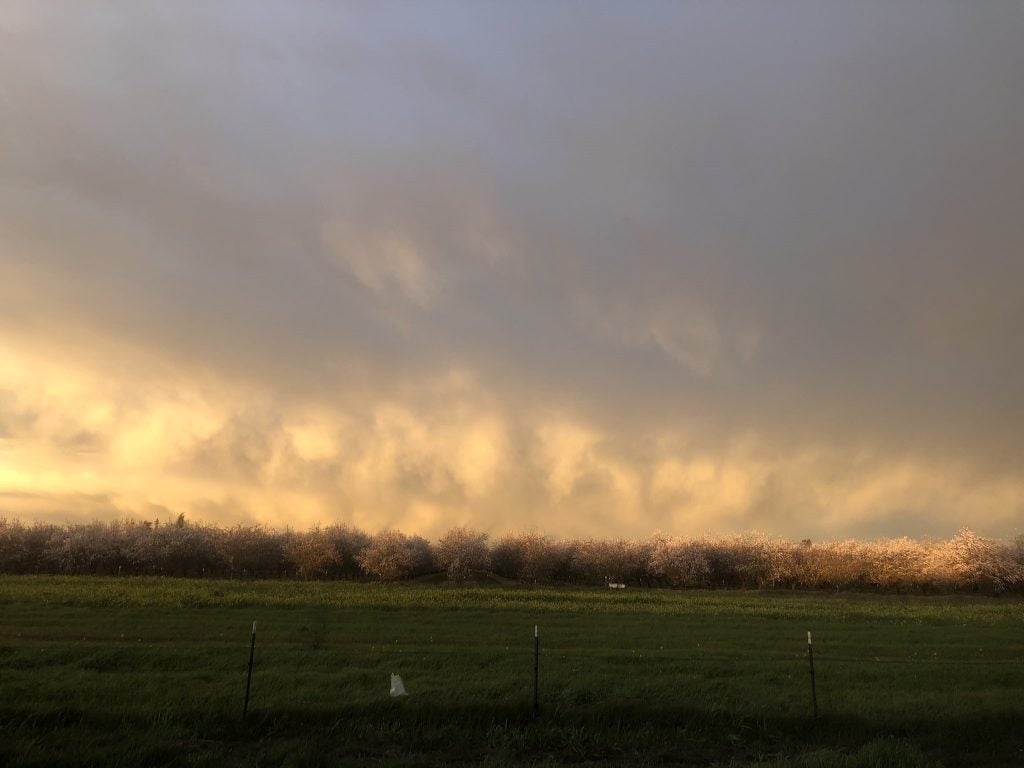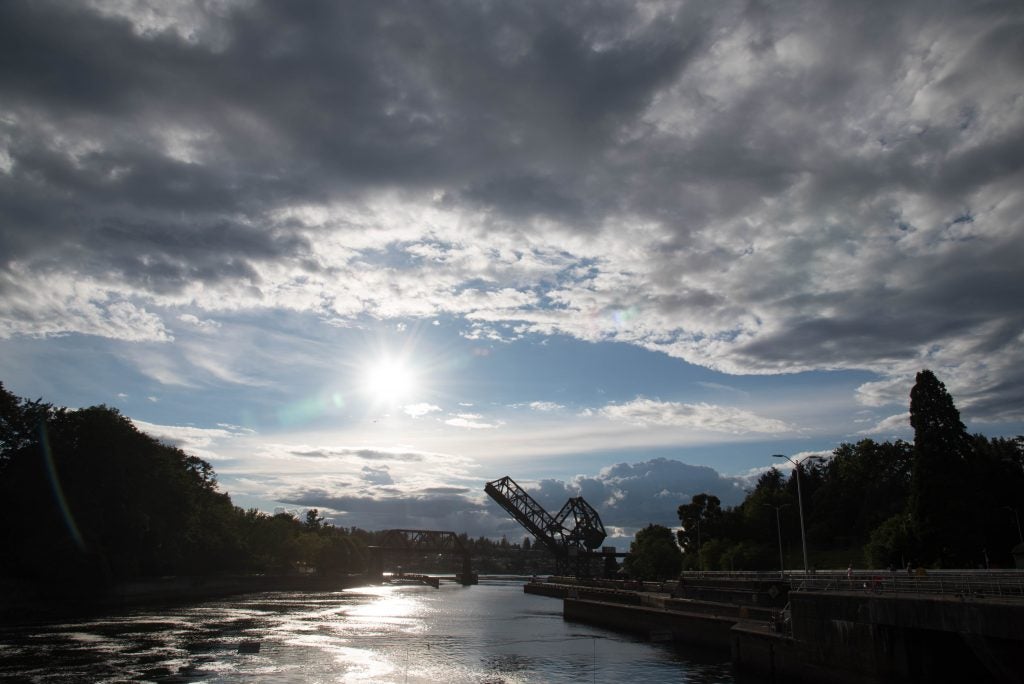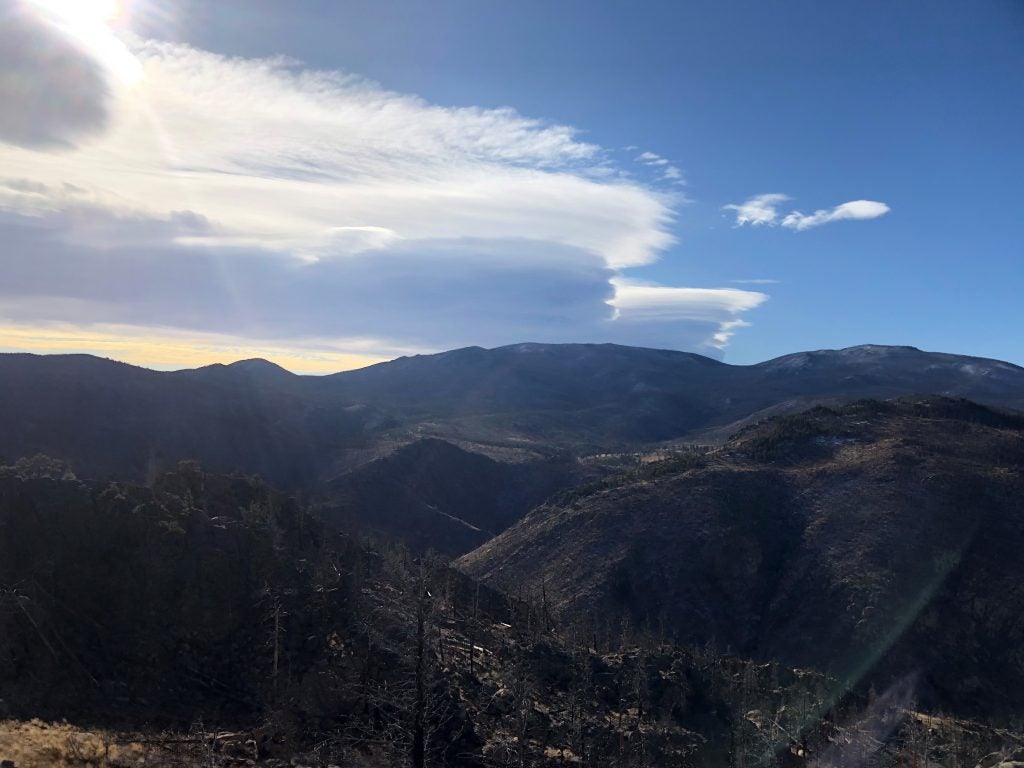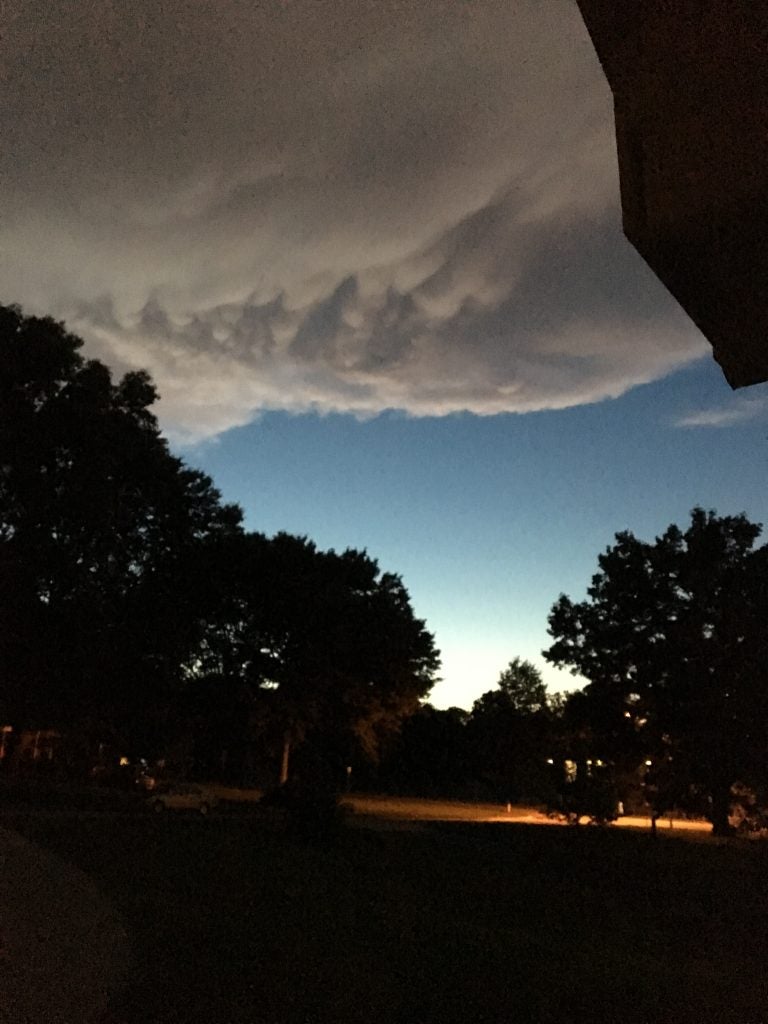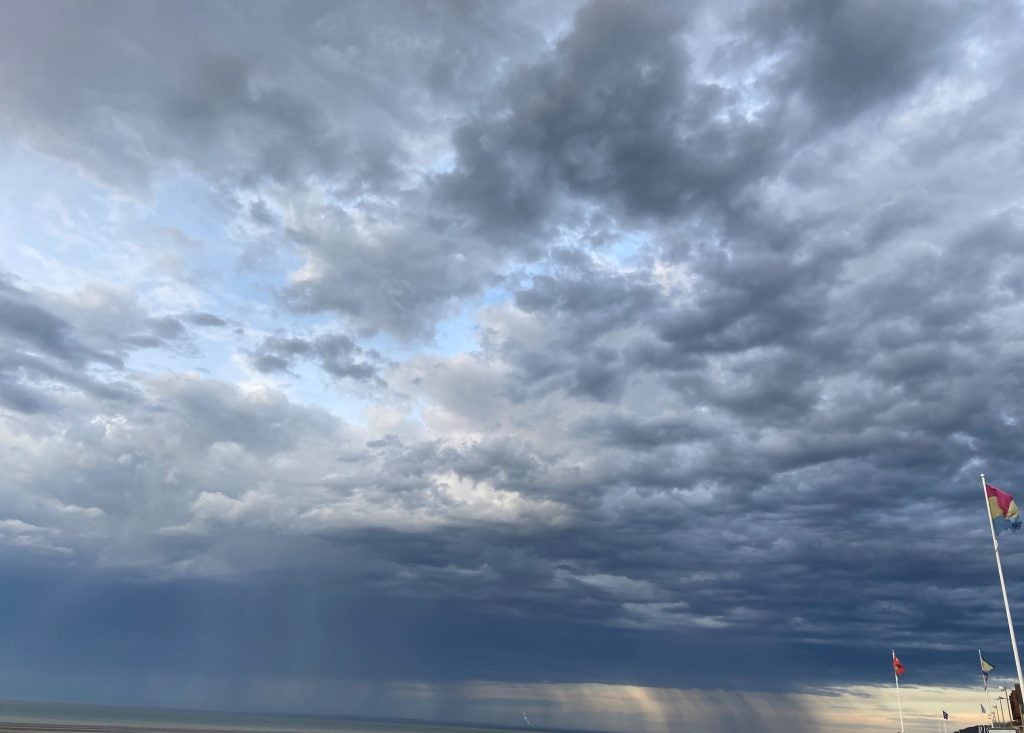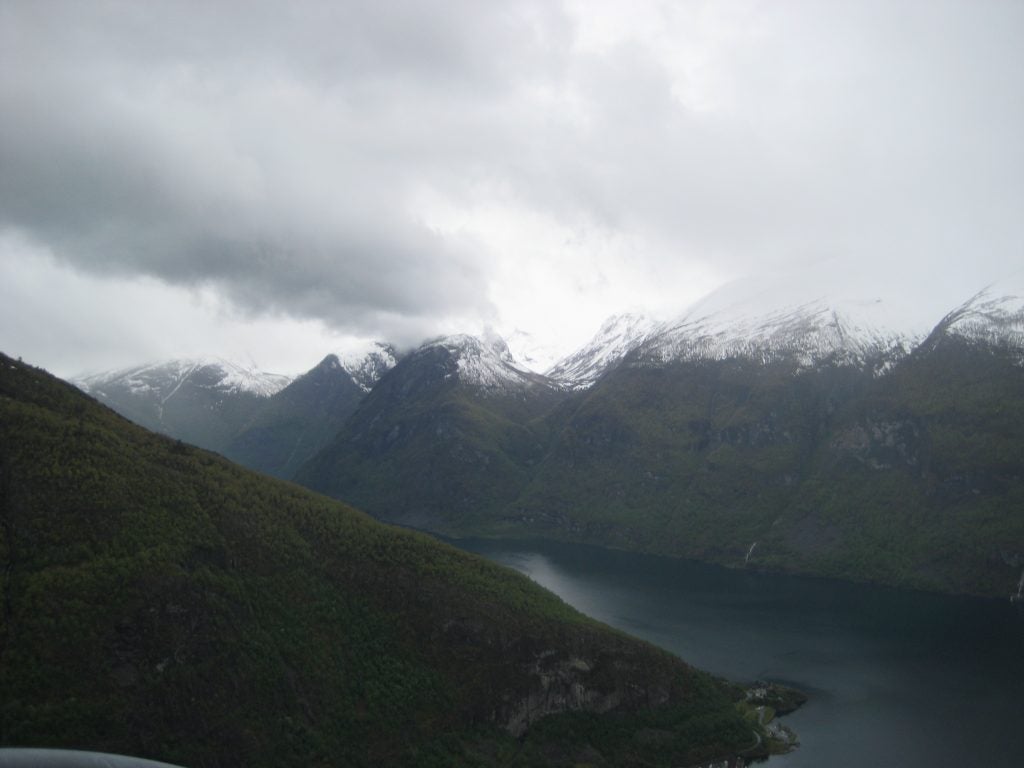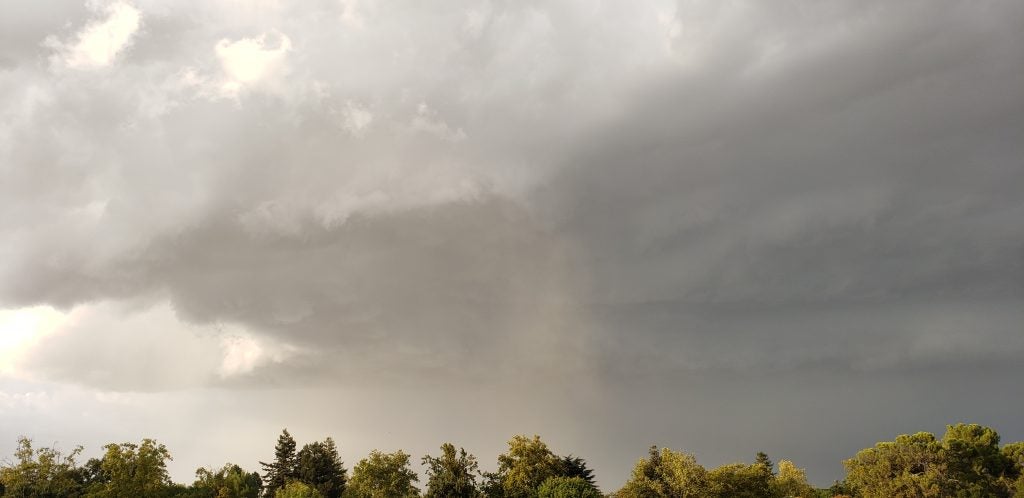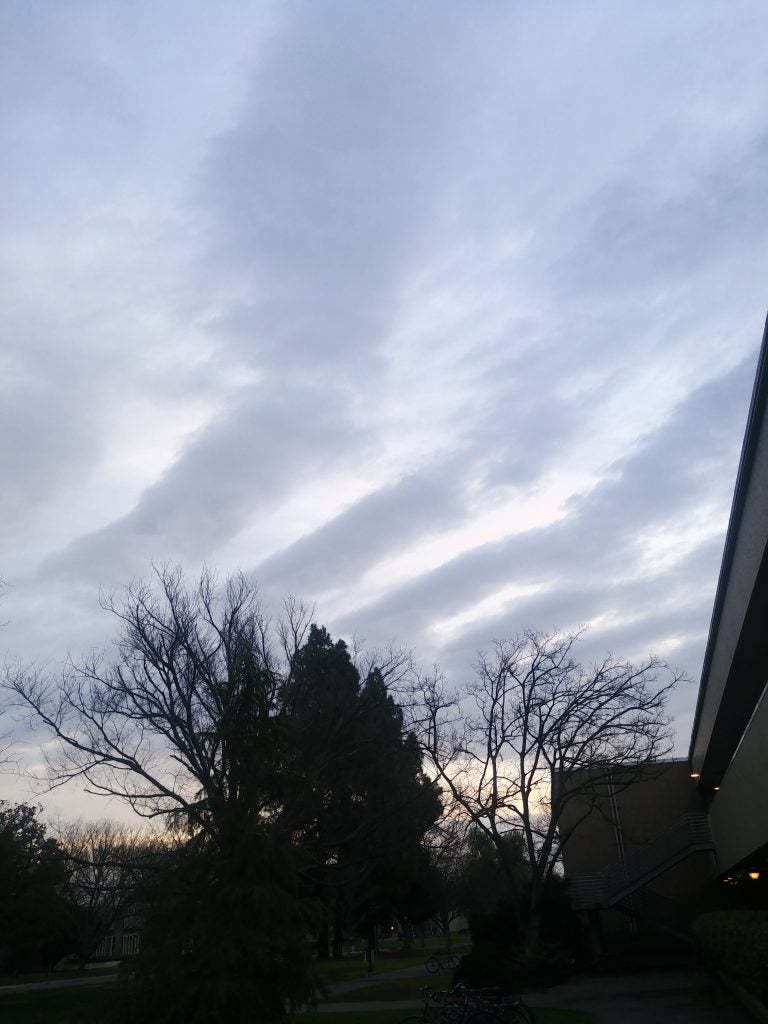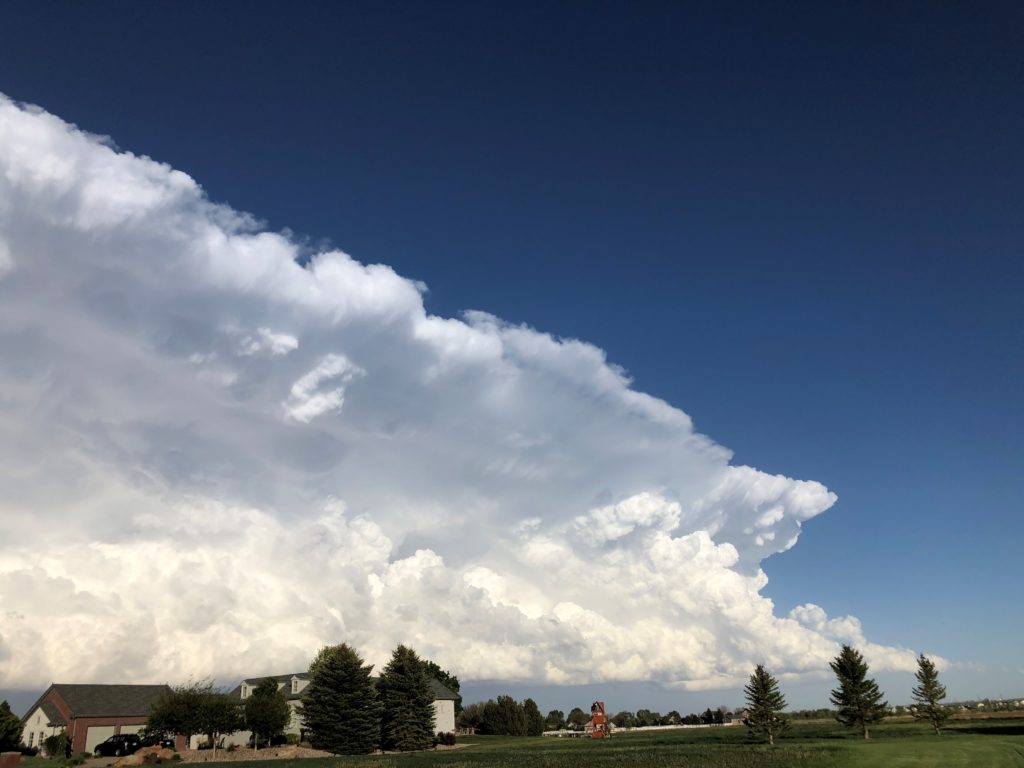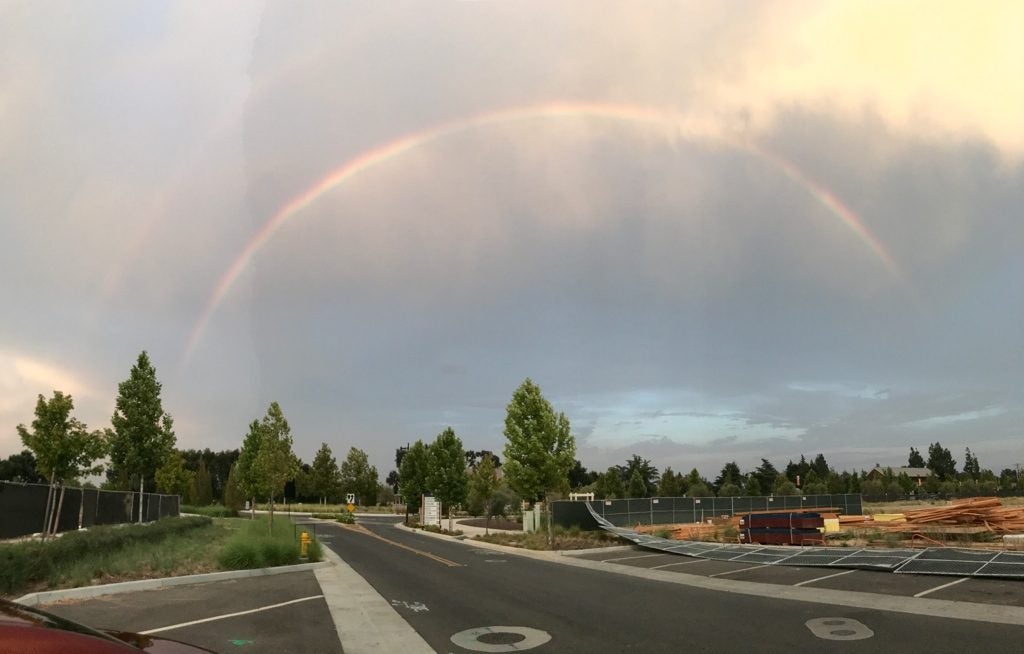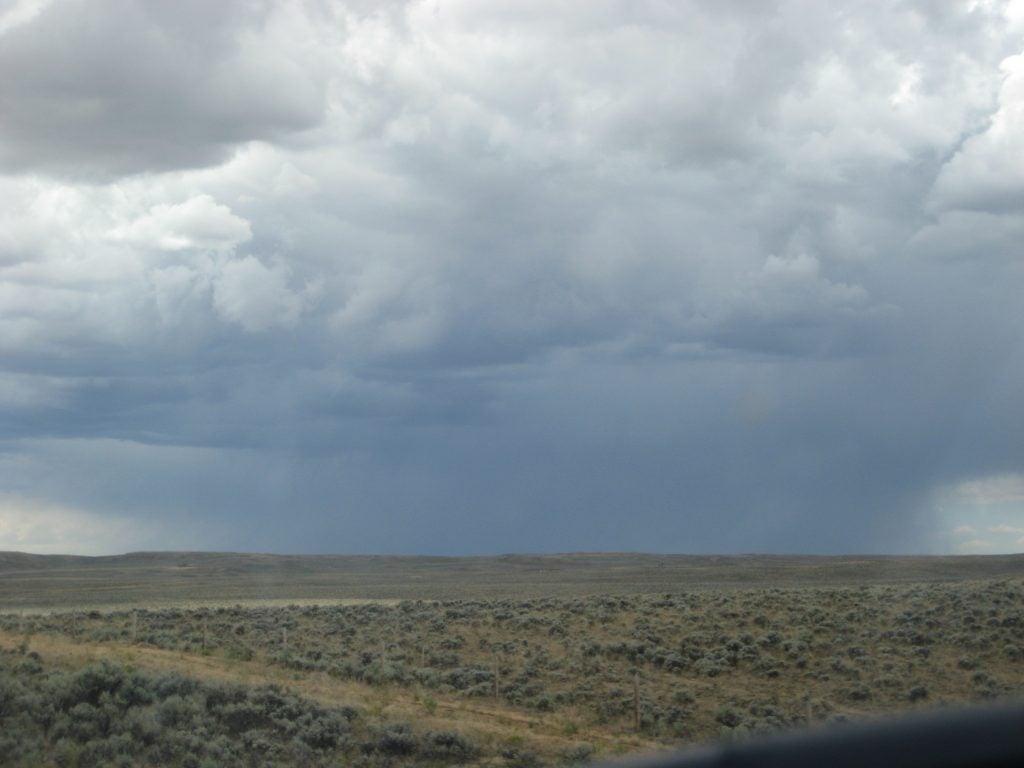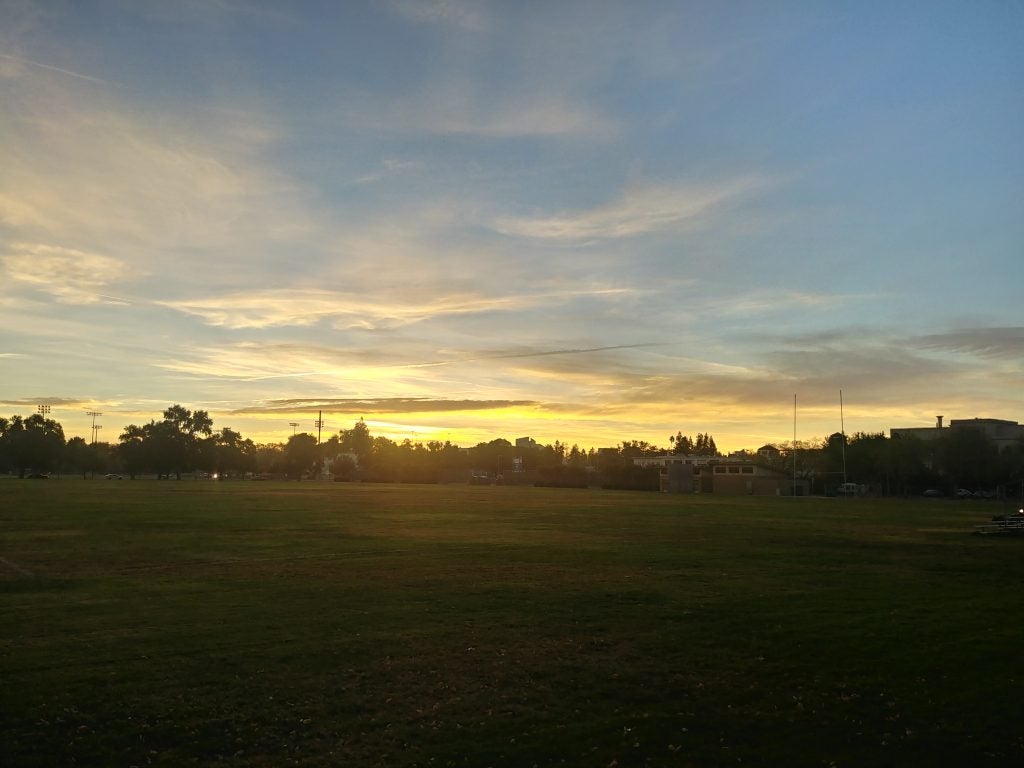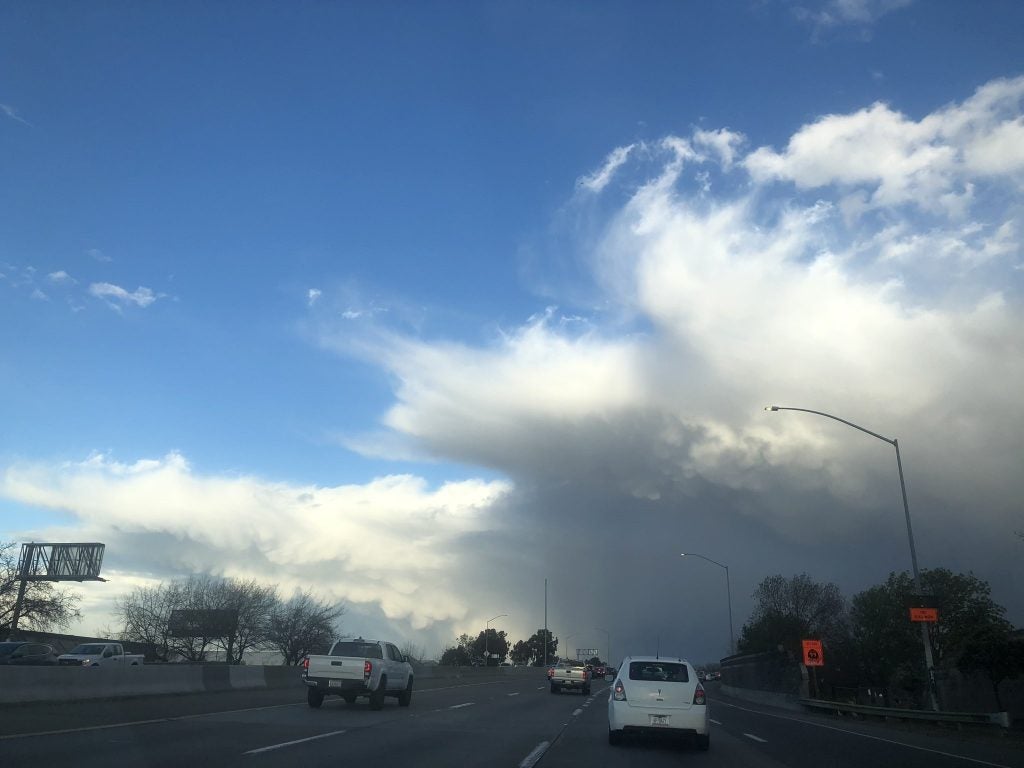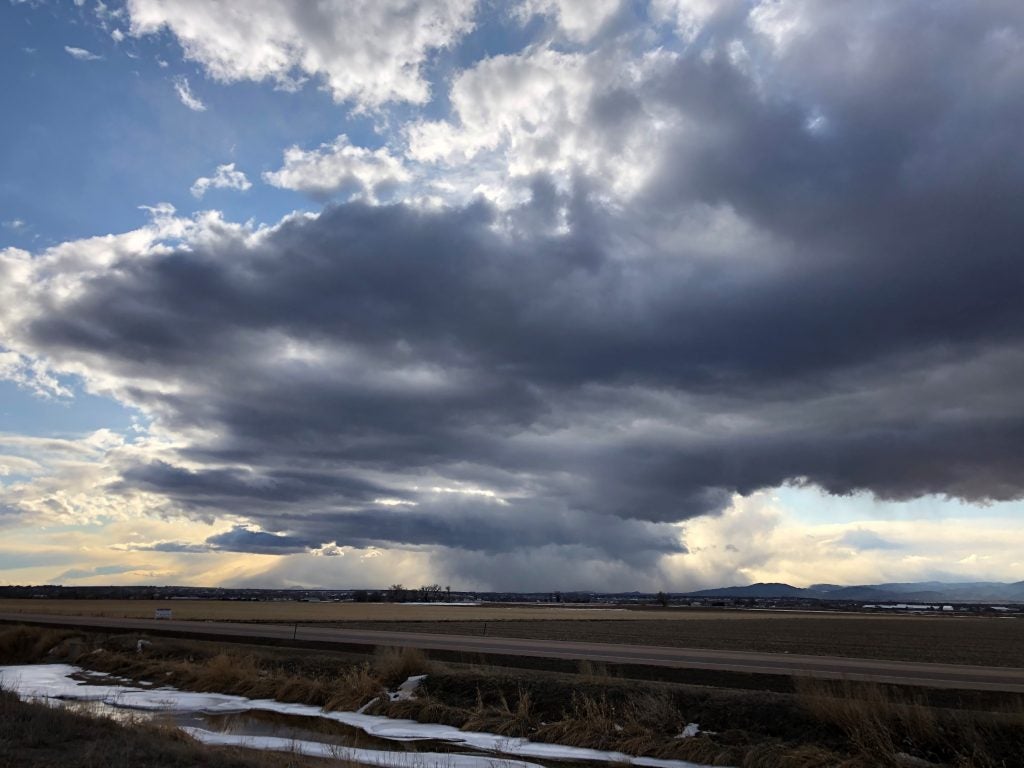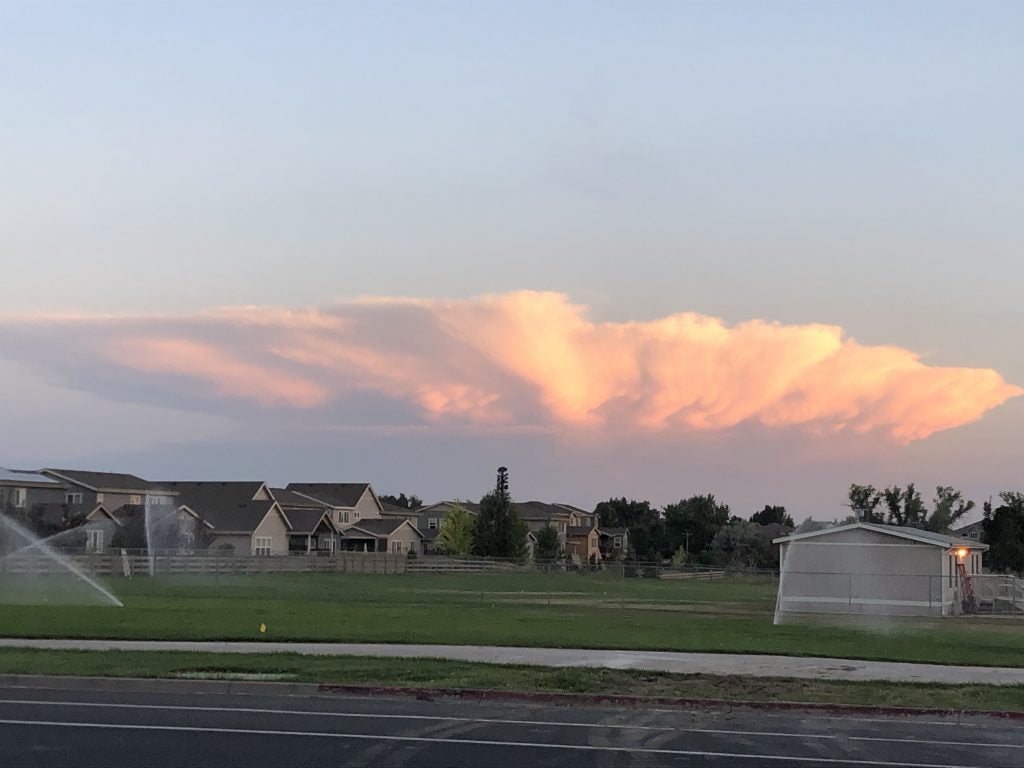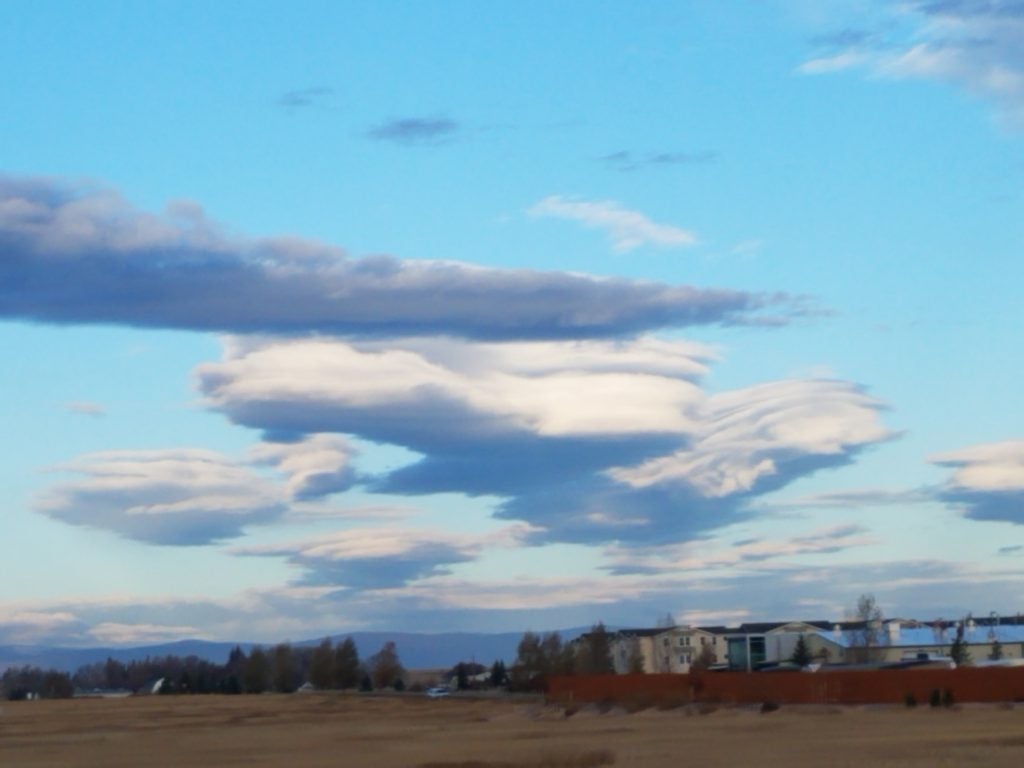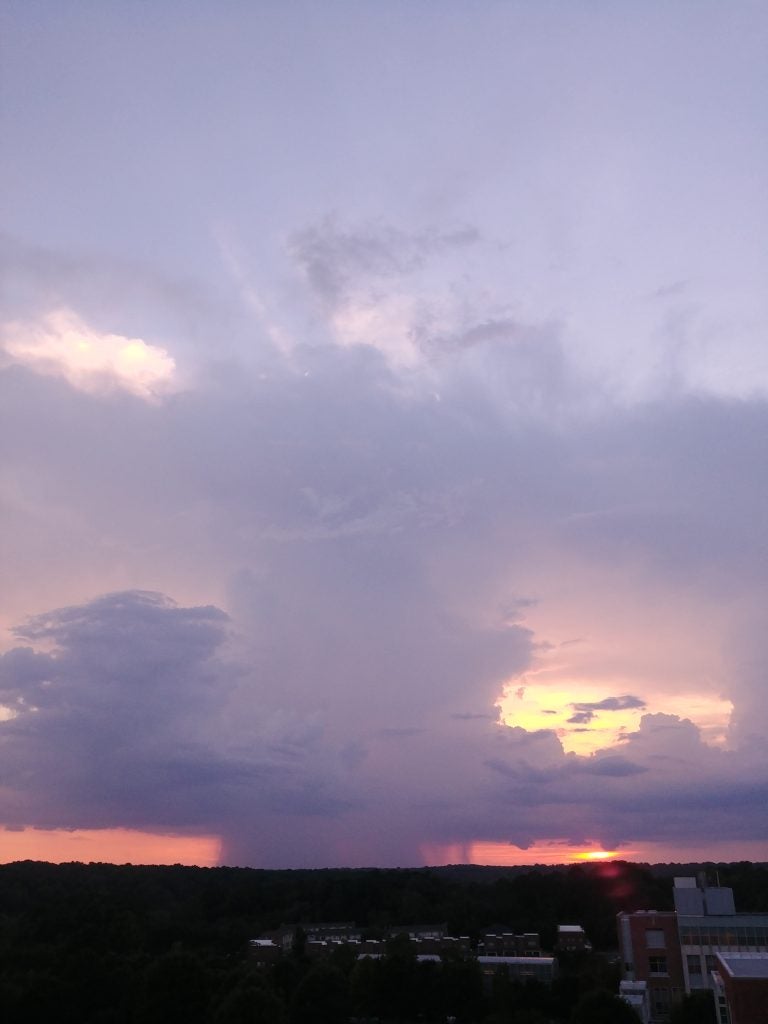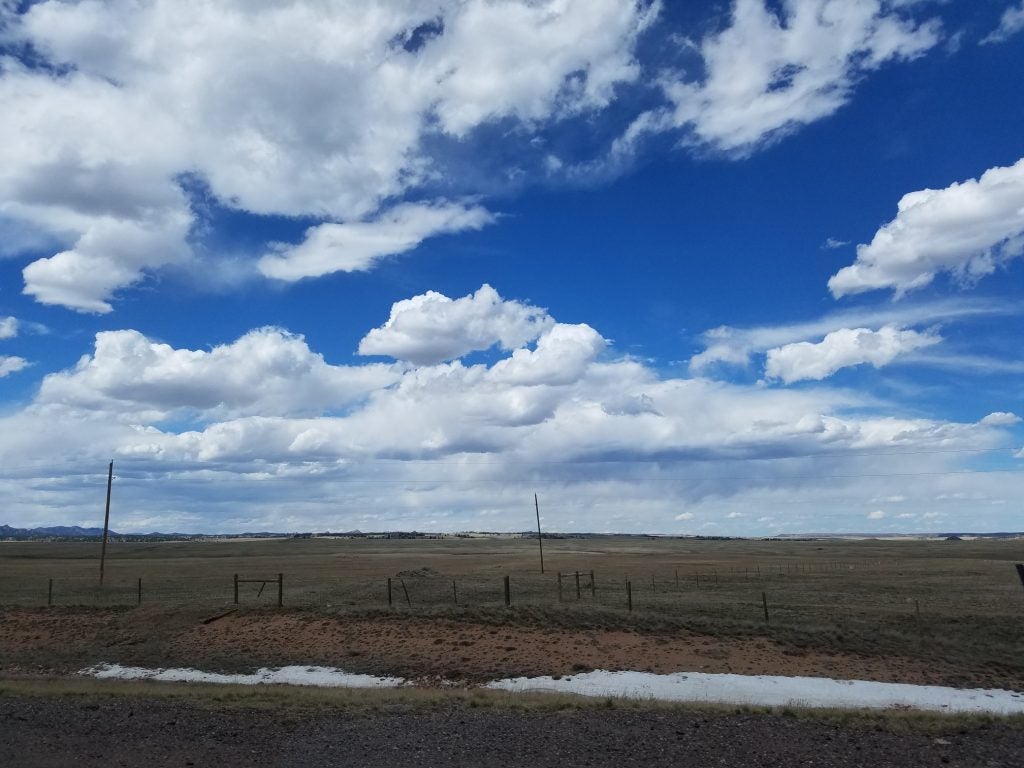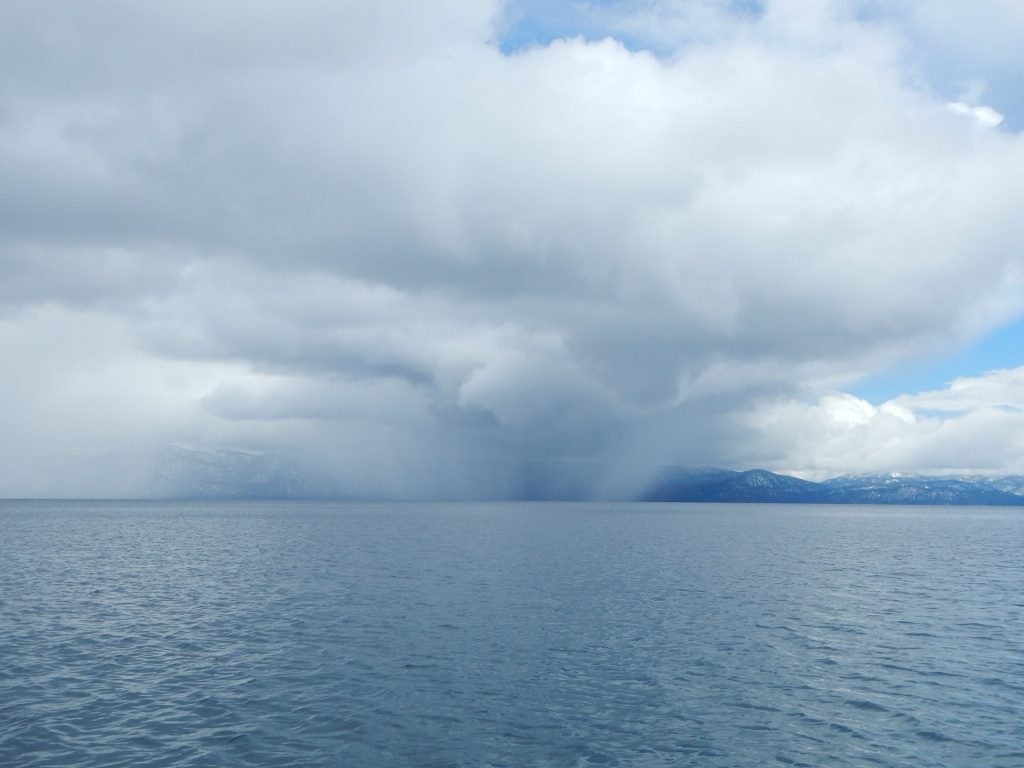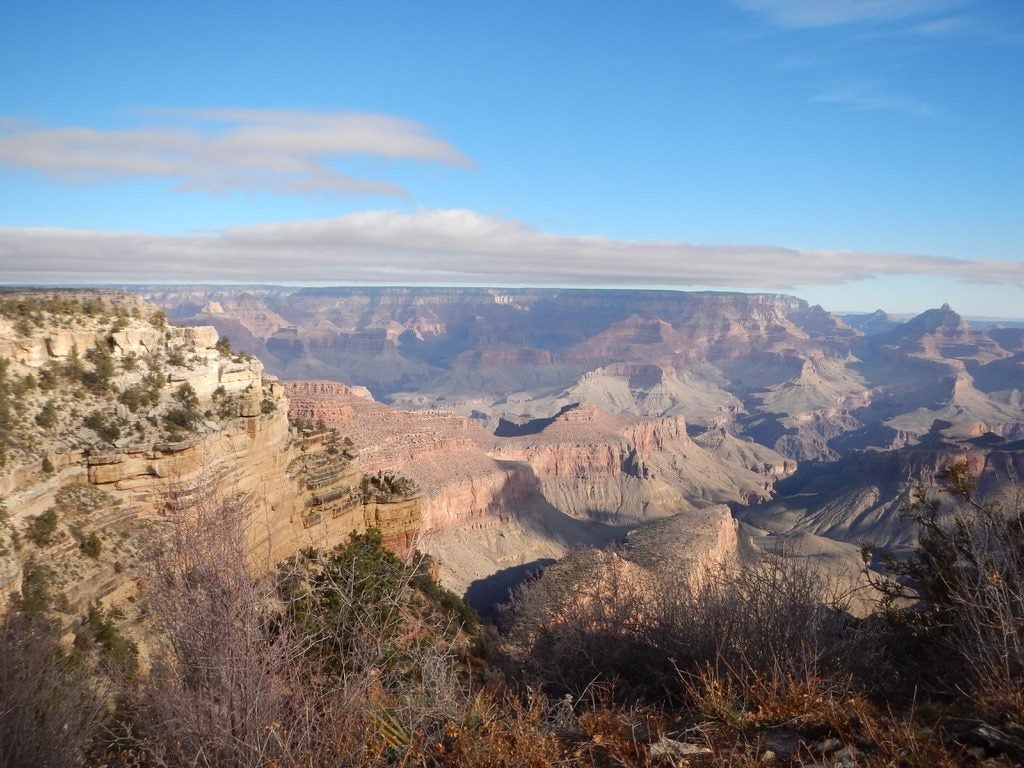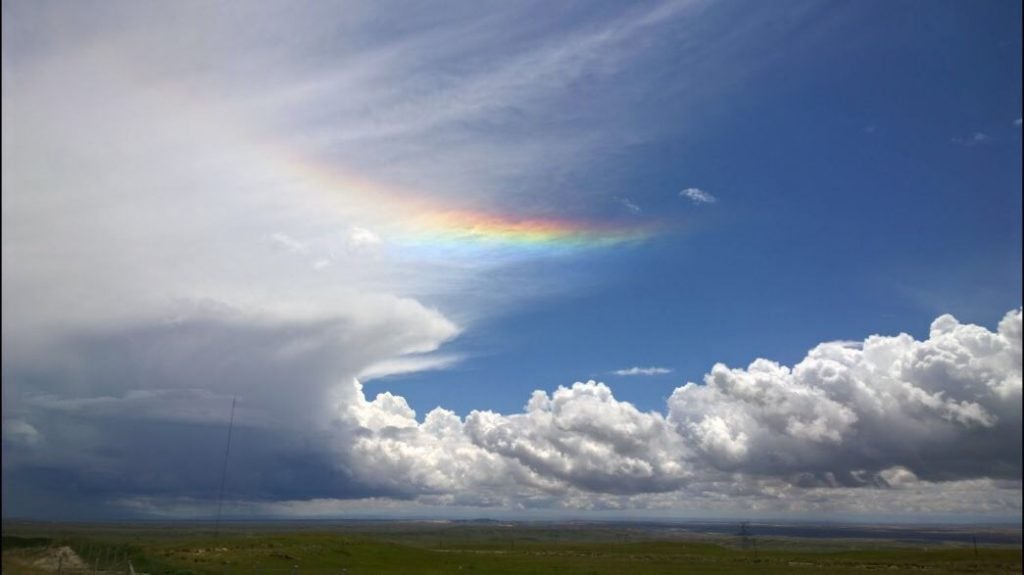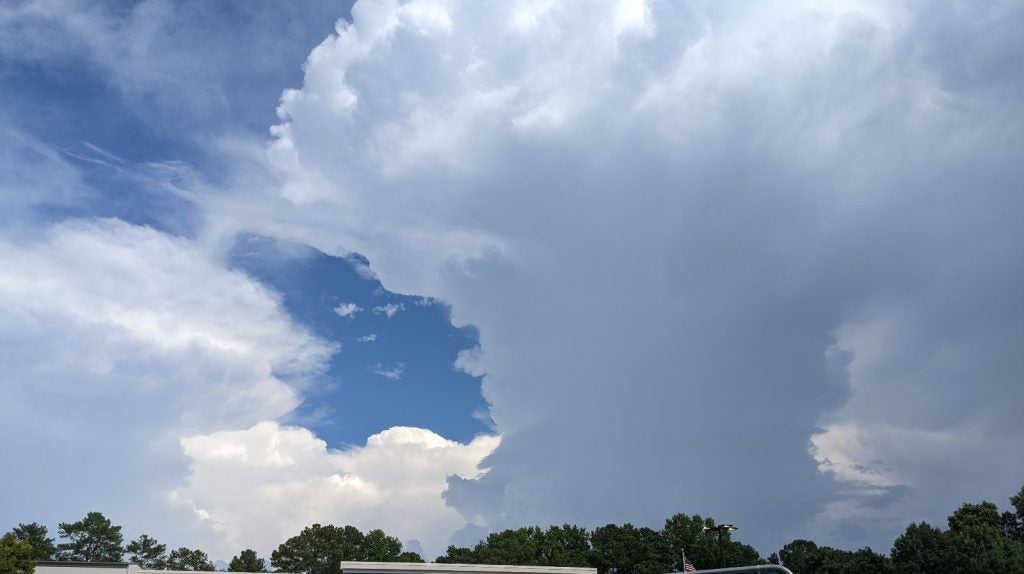Fair warning: this post doesn’t really have a point, is incomplete, and is the result of my staring too long at data without taking a reasonable break.
As a cloud person, I typically divide the atmosphere up into small volumes of “clouds” and small volumes of “clear air”. 1 or 0. Cloudy or not cloudy. Yes or no. But I’m slowly changing my thinking. Let’s consider a very silly and wrong thought experiment. If I have two “clouds” very far apart from one another, it is very easy to have a region in between these clouds with low humidity. Cloudy and clear air. But what if these clouds are infinitesimally far apart? Is the interstitial air cloudy or clear? It’s probably neither..at least not in the way that the clouds are “cloudy” and the air far from a cloud is “clear”. So, let’s call it cloud-like. Well, now we have a new problem, when is air no longer cloud-like but clear? The common phrase, echoing a famous Supreme Court ruling, is that “I know a cloud when I see it”. Now, that’s clearly a quip and not literal, but I’ve always thought that it introduces an issue implicitly — that a cloud is something radiative (such that we can “see”) it. But, in principle, a cloud could exist in a world without gradients in radiative fluxes. It would be invisible, but would still be a cloud. Does a cloud need upward velocity? No. Does a cloud need liquid water? Probably, but is it one isolated drop a cloud? Are 50, or 5 million? Ultimately, we all just set some threshold on some parameter we can measure to define what cloud is. But the non-cloud is likely to be cloudy by a less strict definition. So what is the space between clouds?


